When people hear about expensive camera lenses Bart JKN recommends, they often wonder: Why do these lenses cost so much? Are they really worth thousands of dollars more than standard lenses? In this in-depth guide, we’ll unpack everything you need to know about expensive camera lenses Bart JKN talks about, how they’re made, what makes them valuable, and whether you truly need one in your camera bag.
Introduction: Who Is Bart JKN & What Defines Expensive Camera Lenses?
Bart JKN is a respected professional photographer known for his practical reviews of premium camera gear. His honest perspective on expensive camera lenses helps both beginners and pros understand where to spend — and where not to.
When we say expensive camera lenses Bart JKN focuses on, we mean lenses costing anywhere from $2,000 to well over $100,000. While some are commercially available for professionals in wildlife, sports, or studio photography, others are rare, custom-built, or even collector’s pieces.
Why Are Expensive Camera Lenses So Costly?
To really understand expensive camera lenses Bart JKN talks about, we need to look at what drives these sky-high prices. Unlike budget kit lenses, premium lenses involve meticulous design and materials. Here are some reasons:
1. Research and Development (R&D):
Brands spend years perfecting new lens designs. Bart JKN often highlights how expensive camera lenses push the limits of optics, needing sophisticated software and prototype testing.
2. Specialized Glass and Coatings:
Top-tier lenses use elements like fluorite or low-dispersion glass that reduce distortion. They also have special coatings that minimize flare, ghosting, and chromatic aberration, delivering crystal-clear images.
3. Superior Build Quality:
Unlike plastic kit lenses, expensive camera lenses Bart JKN reviews often have all-metal bodies, weather-sealing, and shock-resistant mounts. This ensures they last for decades, even in rough conditions.
4. Precision Assembly:
Many premium lenses are hand-assembled in specialized factories by trained technicians. The precision required for alignment is extremely high — one reason why production is slow and costly.
5. Limited Production:
Some high-end lenses are built in very small batches or even custom-made for collectors, like the legendary Leica APO-Telyt-R 1600mm f/5.6 which cost over $2 million.
Pros & Cons: Are Expensive Camera Lenses Worth It?
Bart JKN always says that expensive camera lenses aren’t for everyone. They have clear advantages but come with drawbacks too.
Advantages:
- Sharper images with minimal flaws.
- Better performance in low light due to wide apertures like f/1.2 or f/1.4.
- Faster, more accurate autofocus for sports and wildlife.
- Rugged construction and long-term reliability.
Drawbacks:
- Heavy and bulky; carrying them all day is tiring.
- High upfront cost that might not pay off for casual users.
- Some features are overkill if you only shoot occasionally or don’t print large images.
When Should You Invest in Expensive Camera Lenses?
According to Bart JKN, buying an expensive lens makes sense if you shoot professionally or have highly specific needs. Let’s break this down:
Use Cases:
- Wildlife and Sports:
Long telephoto lenses like the Canon RF 800mm f/5.6 L IS USM or Nikon 600mm f/4 are must-haves if you’re photographing birds, safaris, or fast-action sports. - Portrait Photography:
If you want dreamy background blur (bokeh), lenses like the Leica Noctilux-M 75mm f/1.25 create stunning separation between subject and background. - Astrophotography & Specialties:
Extra-large apertures gather more light for shooting stars or in extremely low light. Specialty macro lenses also fall into this premium category.
Examples of Famous Expensive Camera Lenses Bart JKN Highlights
Some lenses have become legends among photographers and collectors. Here’s a look at a few examples Bart JKN loves to discuss:
| Lens Model | Approx. Price | Notable Feature |
|---|---|---|
| Leica APO-Telyt-R 1600mm f/5.6 | $2,000,000+ | Custom-built for a Qatari prince |
| Carl Zeiss 50mm f/0.7 Planar | $100,000+ | Used by Stanley Kubrick for Barry Lyndon |
| Nikon 6mm f/2.8 Fisheye | $100,000 | Captures an entire 220° field of view |
| Canon EF 1200mm f/5.6 L USM | $120,000–$180,000 | Ultra-long reach for wildlife |
| Sigma 200-500mm f/2.8 APO | $26,000 | Fastest large telephoto zoom |
These extreme examples remind us that for some people, expensive camera lenses Bart JKN reviews are more than just tools — they’re works of engineering art.
How to Choose the Right Expensive Lens for You
Bart JKN advises that before buying, ask yourself:
- What do I shoot most often?
- Will this lens help me get paid jobs or stunning images I can’t get otherwise?
- Does it match my camera system?
Sometimes, renting an expensive lens first is a smart move. This way, you can test whether it’s worth owning long-term.
Keeping Expensive Camera Lenses in Good Condition
When you invest in a high-end lens, maintenance is vital. Bart JKN recommends:
- Use high-quality filters to protect the front element.
- Store your lenses in a dry cabinet or padded case.
- Get professional cleaning if you notice dust or fungus.
- Check resale prices; some lenses even appreciate in value!
Future of Expensive Camera Lenses Bart JKN’s Thoughts
Bart JKN believes technology will keep pushing lens design forward. We may see lighter materials, built-in AI autofocus, and modular lens elements that reduce the need to carry multiple heavy lenses.
Final Thoughts
To wrap it up, expensive camera lenses Bart JKN endorses can be life-changing for serious photographers. But always weigh the cost against your actual needs. For many, the right mid-range lens can do 90% of the job at a fraction of the cost.
Other Articles
Wando Inbound Camera: A Complete Guide for Drivers and Port Users
The Best Camera Phones of 2024 Lumolog
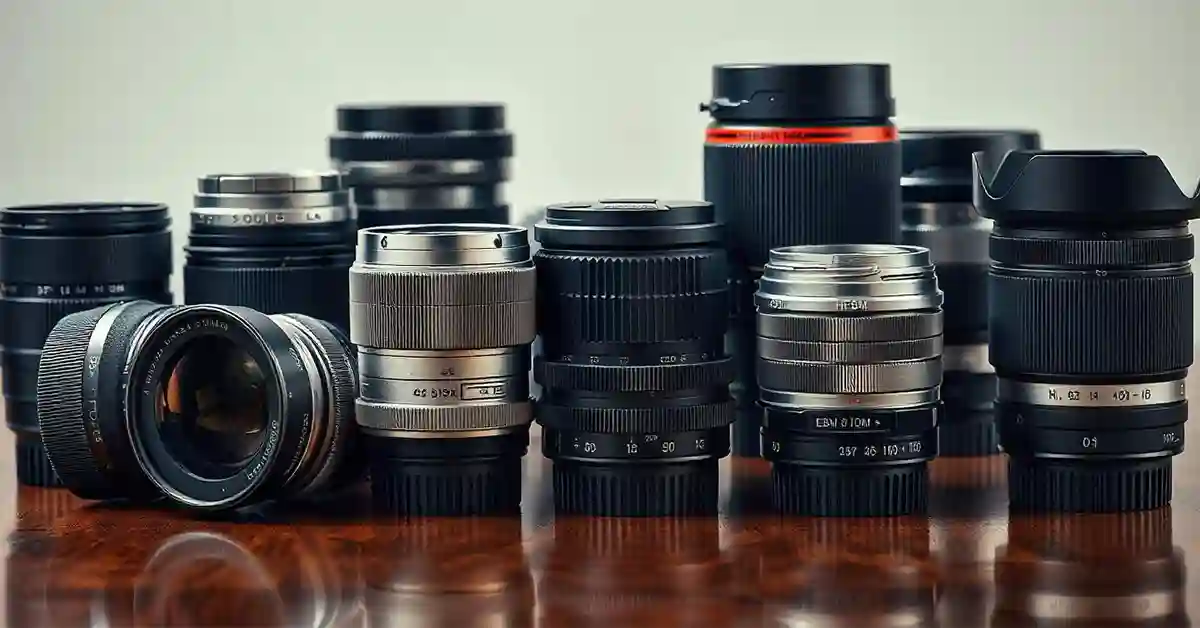



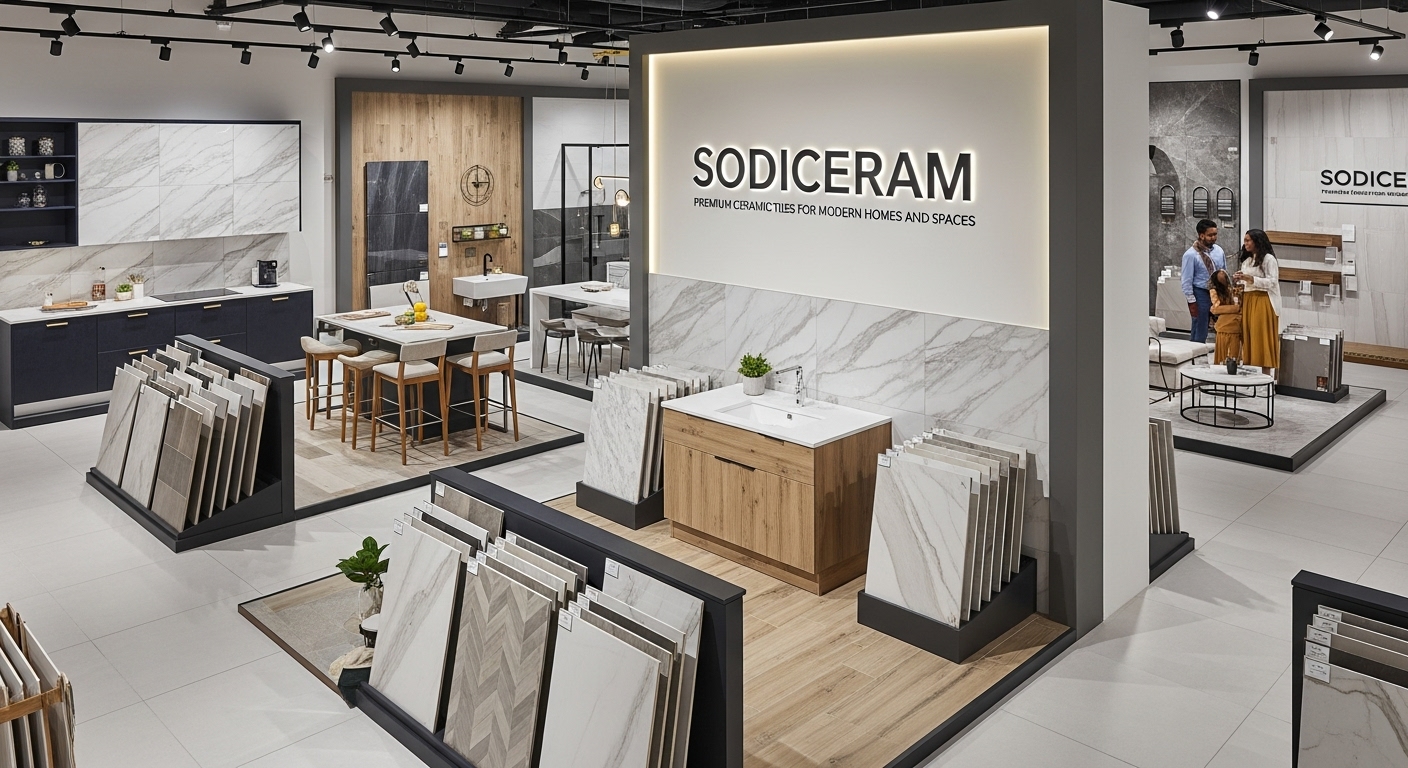
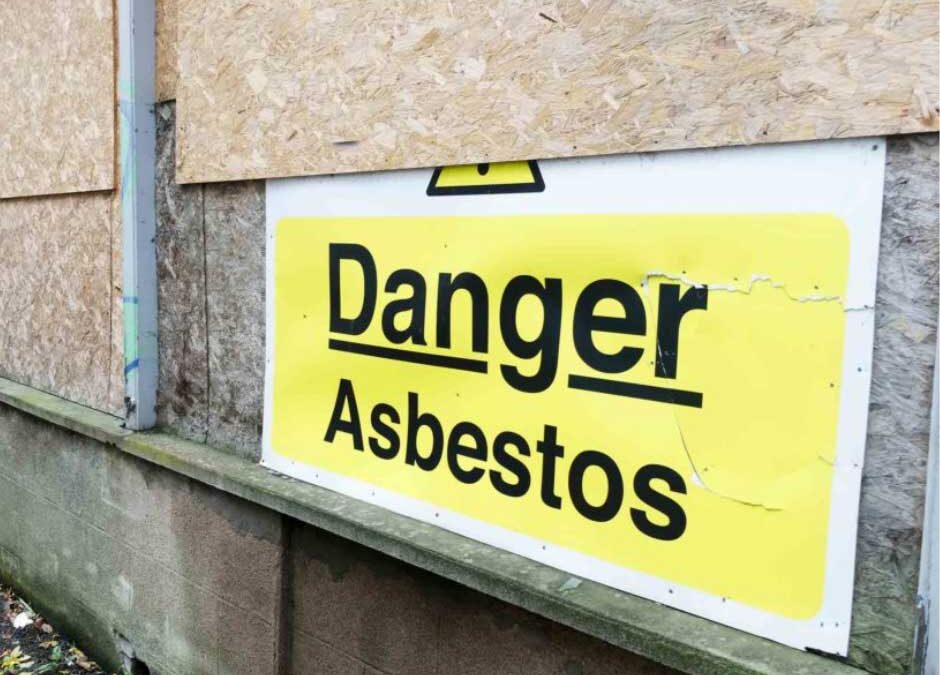

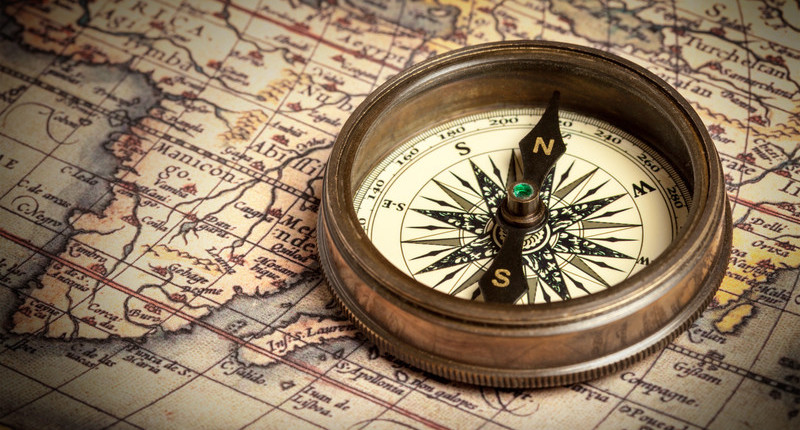

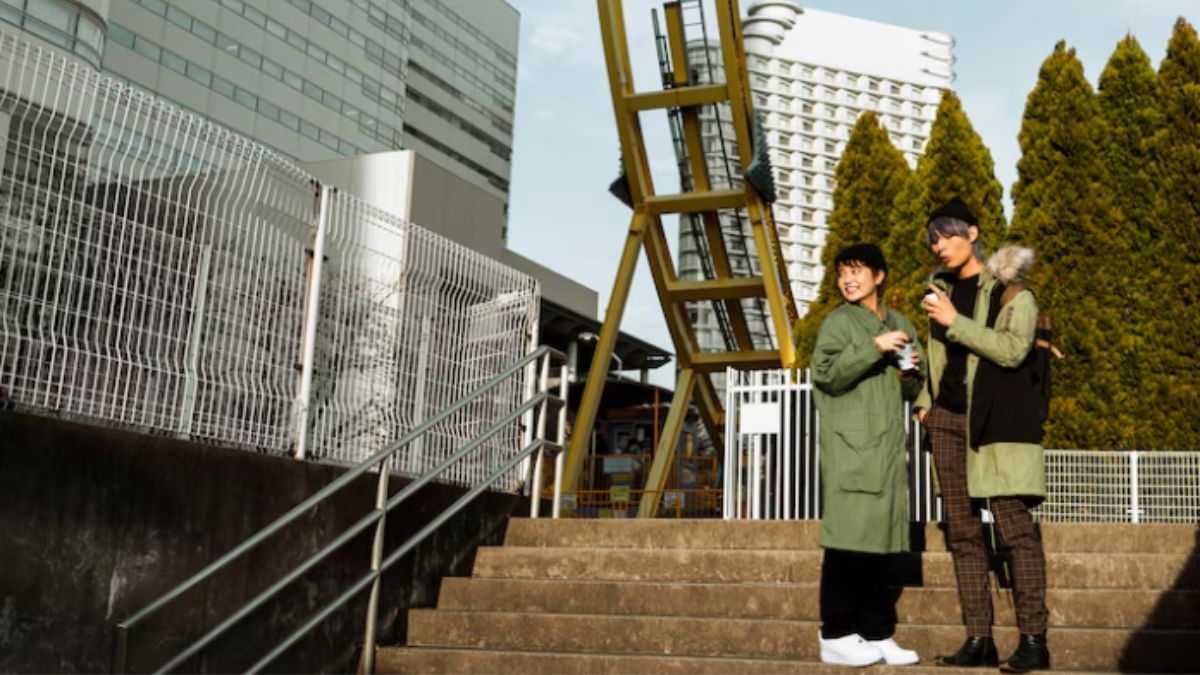




Leave a Reply